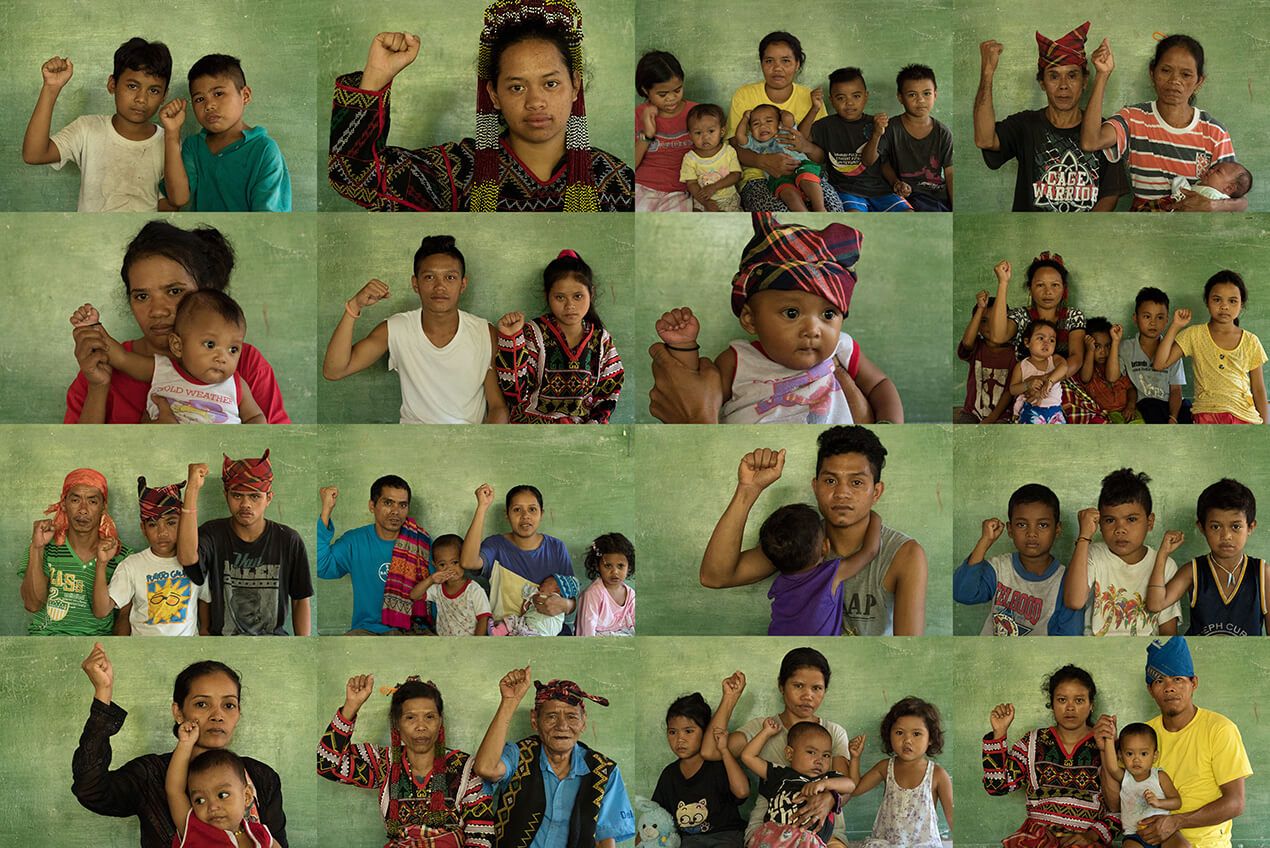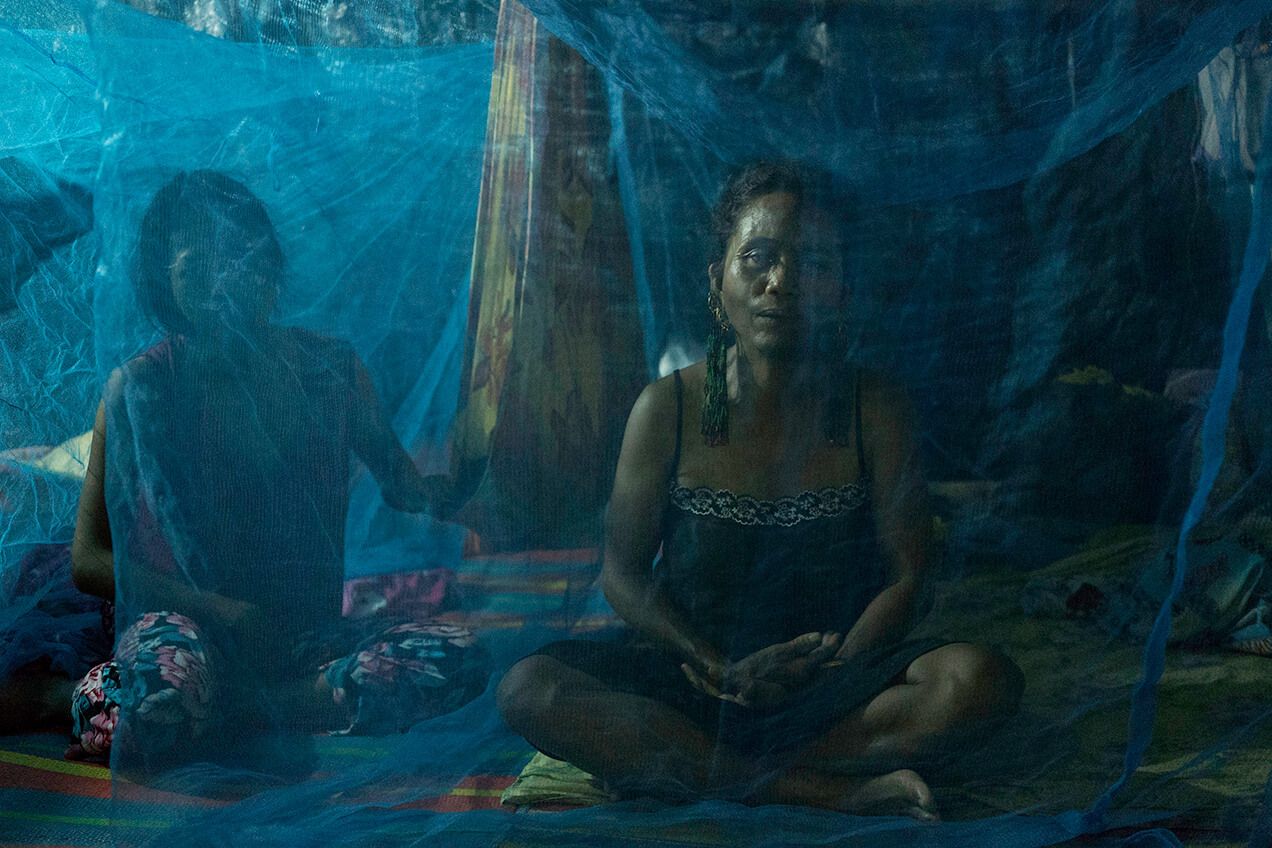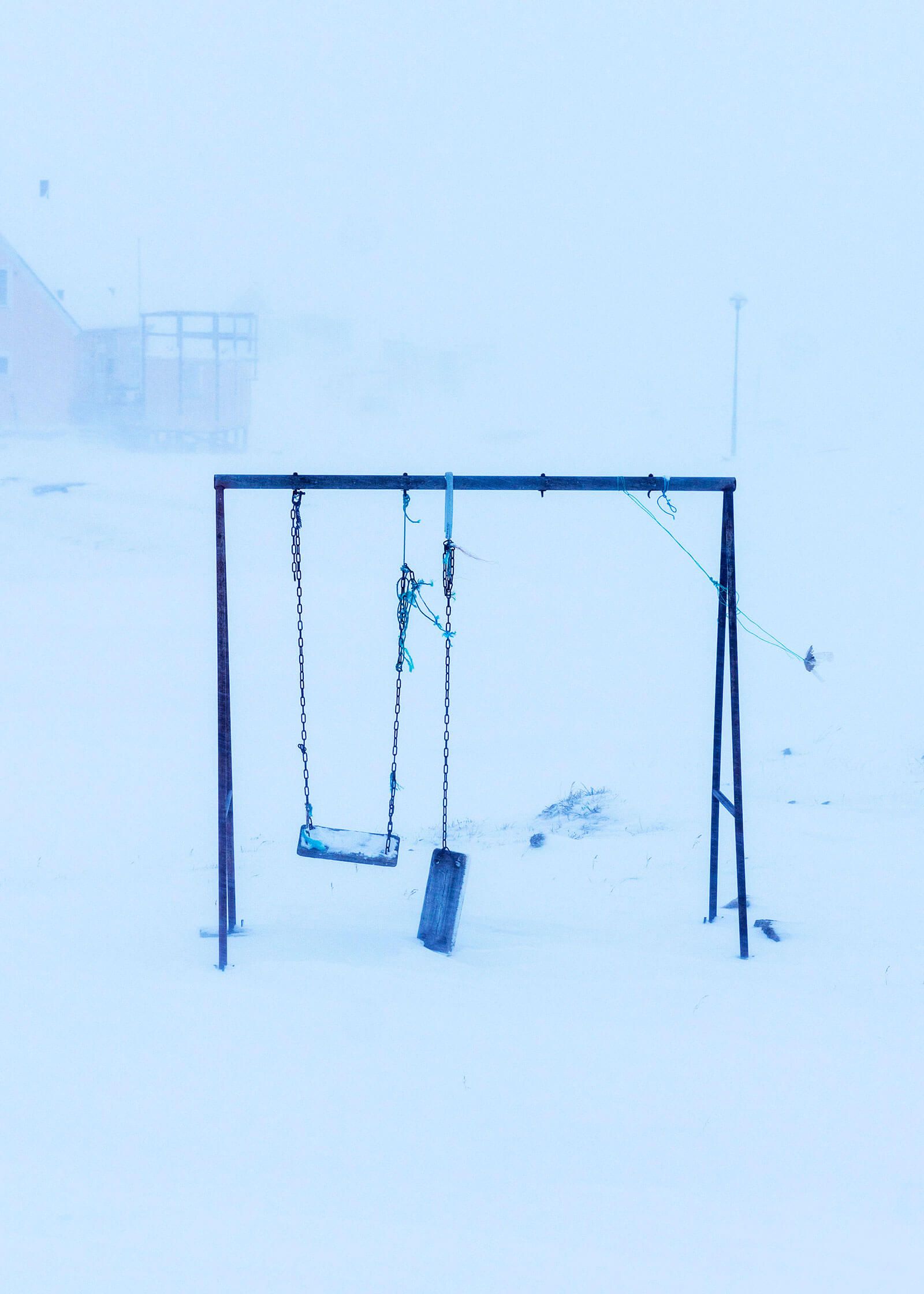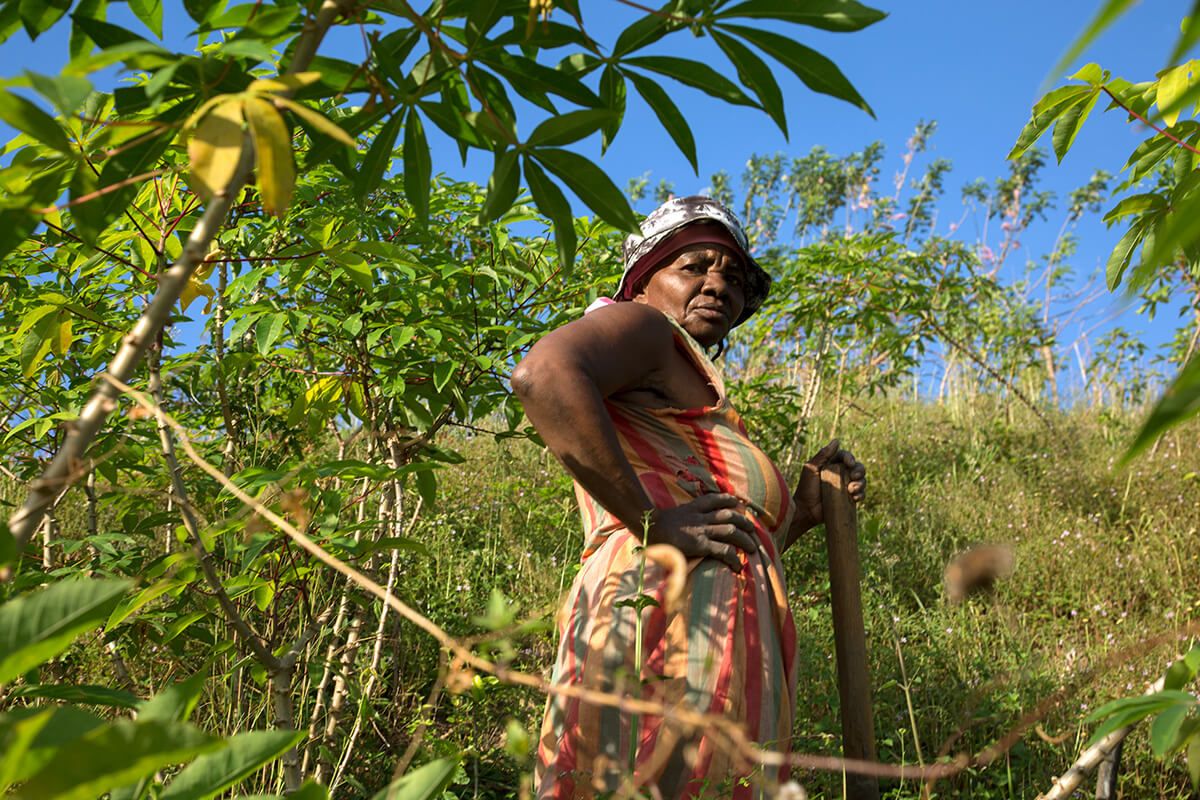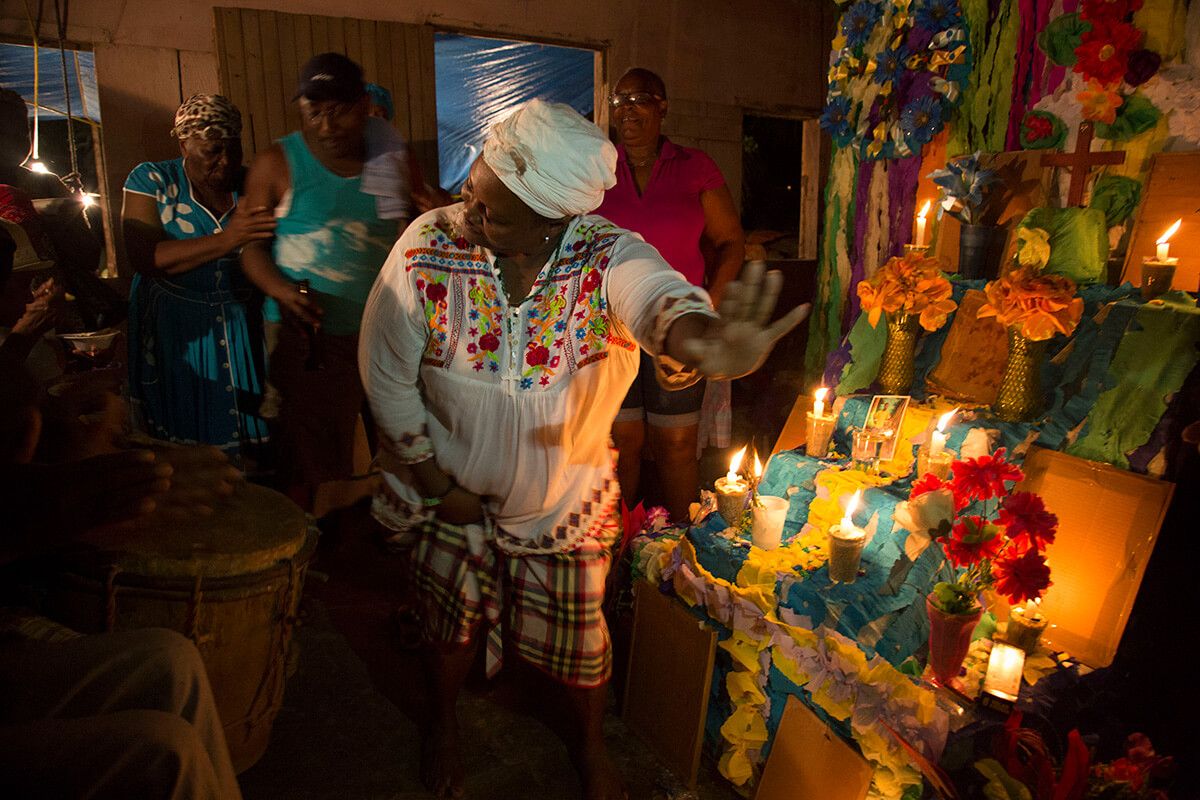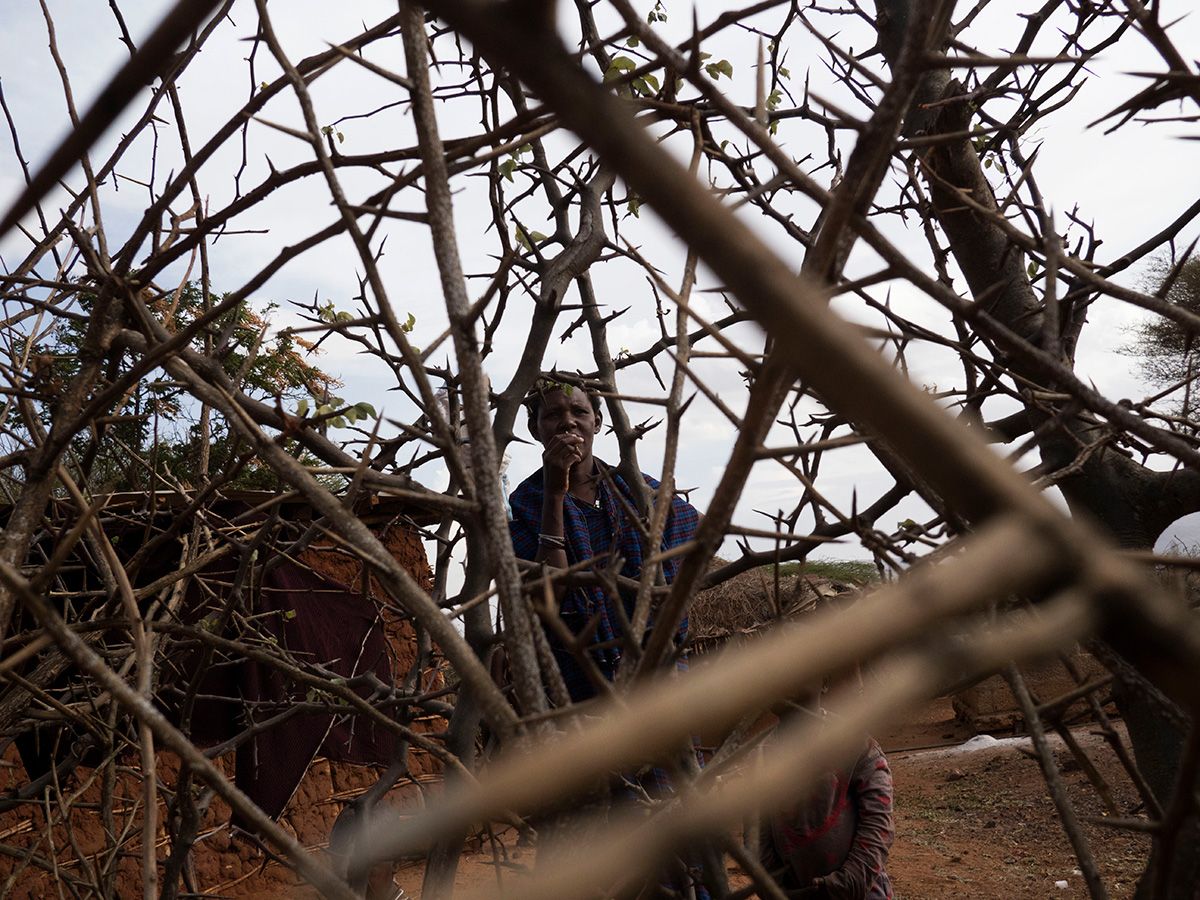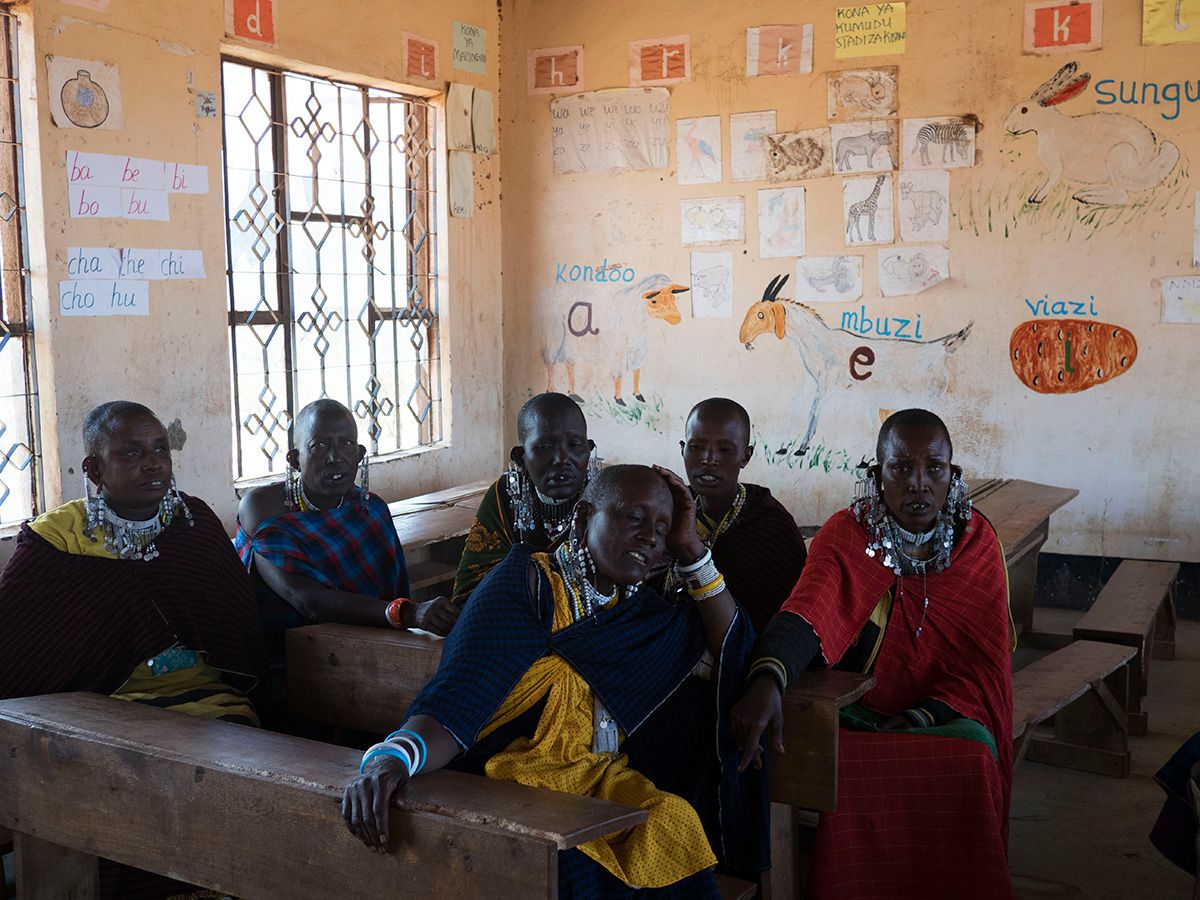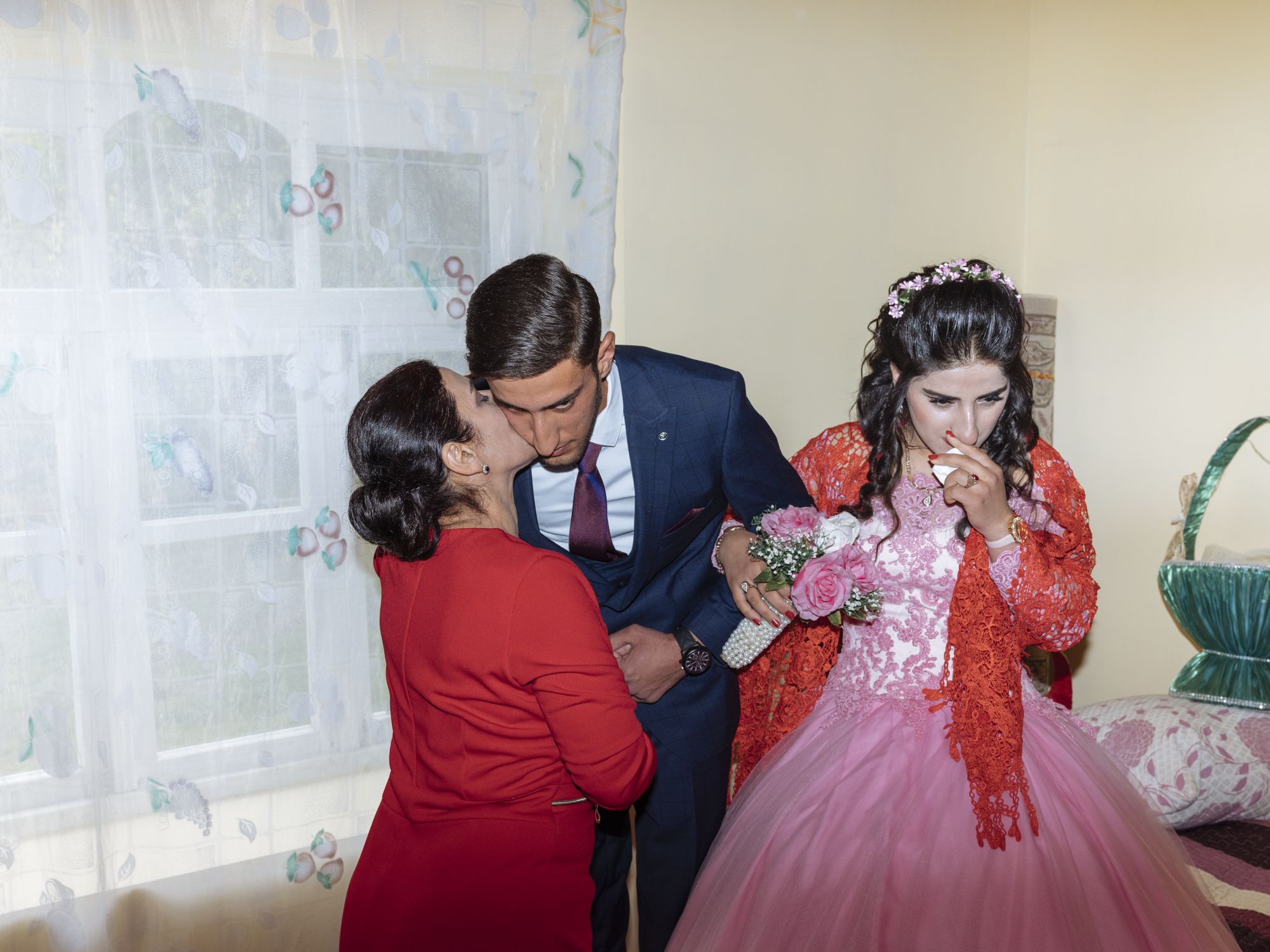Why Teach this Story?
The stories of Indigenous communities and individuals often go untold. In a full issue of Pacific Standard devoted to Indigenous peoples’ battles for land rights, safety, and good standards of living, six Magnum photographers have traveled across the world to document Indigenous struggles and resilience.
These six stories from Greenland, Honduras, Tanzania, Azerbaijan, Malaysia, and the Philippines each require approximately 10 minutes to read and are accompanied by powerful photographs. We recommend allowing each student to choose one story to read before coming together to discuss Indigenous rights and visual literacy as a class. Below, you will find in-class and extension activity ideas to get students started in their exploration.
Warm-up:
Review the cover and index for “A Journey Through Contested Lands,” a special issue of Pacific Standard in collaboration with Magnum Photos. Analyzing the title and the short description of the articles found in the index, consider:
- What does it mean for land to be contested?
- What people or groups of people have different positions on how a particular area of land should be used? (Think about international and local contexts.)
- How are all of these stories connected? What major issues and themes do you expect to encounter in the stories?
Read the short project description on the index page:
Six Magnum photographers went out into remote regions around the world where Indigenous communities are waging unseen battles against governments and commercial interests to remain on their ancestral lands. This is what they saw.
Answer the following questions:
- What does it mean to be an Indigenous person?
- Who are Indigenous people in your community?
- Why might the battles Indigenous communities are waging be “unseen”?
In-Class Activity:
After each student has read one of the stories in “A Journey Through Contested Lands,” create two large lists at the front of the class: one for positive words, one for negative words. Ask students to volunteer words that describe Indigenous people’s experience based on their reading, and to place the word in one column. For example: oppression (negative); resilience (positive). Move the positive and negative lists to opposite classroom walls when complete.
Display a slideshow of selected images from “A Journey Through Contested Lands” (suggested photos above). When an image appears, students should move to the positive or negative side of the room, based on the experience they think the image depicts. Volunteers on both sides of the room should share why they came to their conclusion, citing evidence in the photograph and/or ideas/quotes from their reading.
Following this activity, discuss:
- Why is it important for photographers to include a range of experiences and emotions in the photos they publish? How successful do you think the photographers behind "A Journey Through Contested Lands" are in exhibiting such a range?
- In what ways are the images in these stories similar to and/or different from images of Indigenous people that you have seen before?
Extension Activity Ideas:
Option 1. Assign students to small groups in which everyone has read a different story. The group should choose one word to describe an aspect of the Indigenous experience that they think is especially important. (This word may come from the lists created in the above in-class activity.) As a group, they will create a photo essay designed around the word they have chosen. They should include at least six photos from at least three stories, adding text that explains how each photo relates to their chosen word. This text may comprise or include quotes from the stories.
Option 2. Ask students to research Indigenous communities where they live. They should start by answering the following questions:
- What Indigenous groups live in your community?
- Historically and currently, what have interactions between Indigenous groups and outside groups been like in your community?
- What challenges do Indigenous groups in your community face today?
Students should select one challenge that they identify and write a news story inspired by those in “A Journey Through Contested Lands.” They should identify what people or groups are responsible for creating the challenge, how it is harming Indigenous communities, and how those communities are responding.
Option 3. Natives Photograph describes itself as “...a space to elevate the work of Indigenous visual journalists and bring balance to the way we tell stories about Indigenous people and spaces. Our mission is to support the media industry in hiring more Indigenous photographers to tell the stories of their communities and to reflect on how we tell these stories.”
Ask students to take a look at the homepage for Natives Photograph, which features work by Indigenous photographers. While they explore, students should respond to the following prompts:
- What similarities and differences can you identify between these photos and the photos in “A Journey Through Contested Lands”?
- Why is it important for non-Indigenous journalists to report on Indigenous issues? What barriers could impede their reporting?
- Why is it important for Indigenous journalists to report on Indigenous issues? On non-Indigenous issues? What barriers could impede their reporting?
